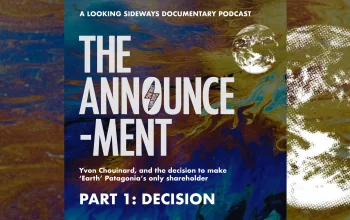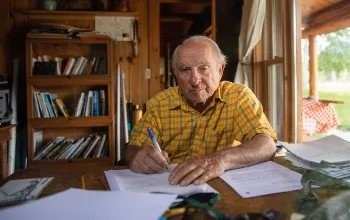A former Spanish colony, a pre-revolutionary playground for the rich and famous and the last upholder of communism - Cuba isn’t your average Caribbean island. This melting pot of cultures is perfect for exploring on two wheels, and a series of reforms to modernise the country over the past decade and the potential of a Castro-less Cuba means that now is the time to experience this little-travelled nation, and supporting its regrowth and restoration following Hurricane Irma by exploring its country roads, jungles and Caribbean coast.
A host of new cycling tours mean that cyclists can now venture away from the bustling capital of Havana and pedal off the beaten track, exploring a country rich in scenic views, sounds, culture, and, increasingly postcommunism, great food.
South of Havana, cyclists can wind along an easy-going coastal route that takes in the Bay of Pigs, where the CIA famously invaded Cuba, and head towards the Zapata Peninsula, home to the biggest swampland in the country. A short 12-mile pedal will transport you across a valley of sugarcane fields towards the Escambray Mountains, where you can cycle the island’s pristine rainforest.
Coming back down from the mountains, another 50 mile route leads to Trinidad, a seriously gorgeous city and UNESCO World Heritage Site with cobbled streets, pastel buildings and salsa music pouring out of doorways. After sampling traditional Cuban life here for a few nights it’s a quick cycle to the beautiful white sand beach of Playa Ancón where you can rest your legs, snorkel and enjoy a mojito or two.
Take the trip
Getting there;
Virgin, TUI and Thomas Cook offer flights from Manchester, Heathrow and Gatwick to Havana. All visitors are required to have a Cuban tourist visa, available online. Exodus offer a 16-day cycling tour of the length of the island for £2,899 including flights, and BikeHike offer a nine-day tour for £2,107, excluding flights.
When to go
Cuba’s warm and dry season runs from November to April, with average daily temperatures of 20-25 degrees. Rainy season is May to October.
Getting Around
Most of Cuba’s cycle routes are on back roads that are almost traffic-free, or on well-maintained dirt roads. A network of trains and buses traverse the island frequently but hiring a private transfer is often the cheapest and fastest option.





















